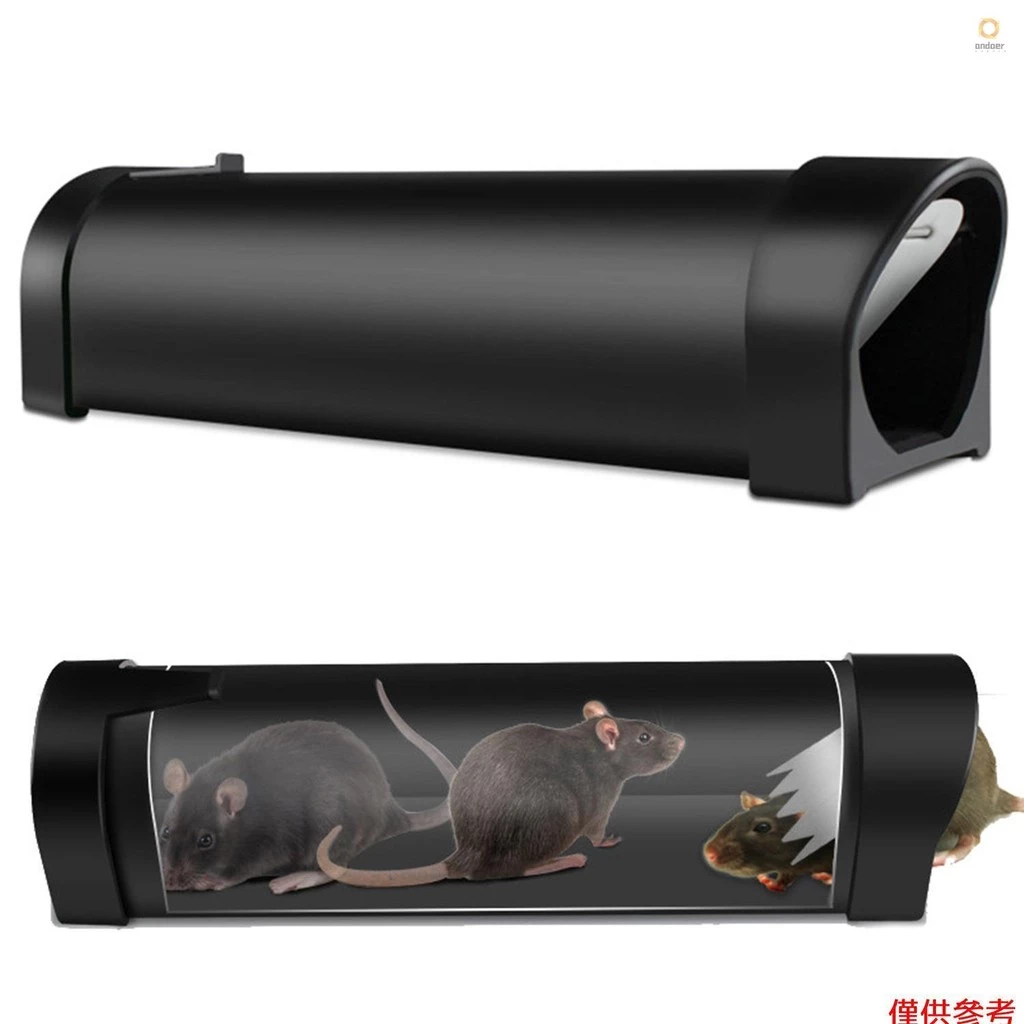You might have come across, and perhaps overused, the idiom “it's raining cats and dogs” when writing essays back in school. But can you imagine if that idiom came to life? As in, literal cats and dogs falling from the sky?
It may sound like a plot from a fantasy novel, but back in the 1960s, the sky over the remote village of Bario, Sarawak, experienced quite an unusual weather event, cats were dropped from the sky.
It all began with an attempt to eradicate malaria in the Kelabit Highlands
According to reports, F. LaChance, a World Health Organisation (WHO) entomologist, and his team had successfully eradicated malaria in Sarawak. However, their method created an unexpected problem for the Kelabit community.
LaChance and his team had sprayed DDT, a low-cost but effective insecticide, on the walls and under the beds of longhouses.
 Image Credit: Forces News
Image Credit: Forces News
While the insecticide left only a white powdery residue when dry and remained effective against malaria for up to six months, it had side effects that triggered a chain reaction.
During a local malaria conference, the Kelabit community reported deterioration of the thatched roofs of their longhouses.
An investigation revealed that the population of moth caterpillars living in the thatch had increased by 50%, and they had consumed the roofs. It was also found that the DDT had affected a small chalcid wasp, which normally laid its eggs inside the caterpillars, thereby controlling their population.
Toxic pesticides were then used to kill off the caterpillars and wasps, but…
Locals soon reported that cats began dying after walking across the roofs of the longhouses. A toxicology report from the Centers for Disease Control (CDC) confirmed that the levels of insecticide in the cats’ systems were high enough to be fatal.
And then things got worse.
 Image Credit: CBC
Image Credit: CBC
With the decline of the cat population, the rat population skyrocketed. A 1959 WHO Field Report stated:
“The field rats were a greater menace than usual, partly as a result of anti-malarial spraying which accidentally killed many cats.”
A call for cats was made
To prevent devastating damage to crops and reduce the risk of rodent-borne infections, the Royal Armed Forces (RAF) were called in to help.
It was reported that on March 9, 1960, a call for cats was published in The Straits Times. The headline read:
“WANTED: 30 flying cats to rout rats.”
The people of Kuching rallied together and gathered about 23 cats to help the residents of rural Bario.
 Image Credit: Forces News
Image Credit: Forces News
Using an aircraft designed to transport paratroopers or supplies via rear loading doors and parachutes, the cats were expertly packed in wicker baskets and air-dropped into Bario. Alongside the cats, about seven tonnes of other supplies were also delivered. The operation was later named Operation Cat Drop.
According to reports, all the cats landed safely and successfully helped control the rat population.
 Image Credit: Pesticide Action Network
Image Credit: Pesticide Action Network
Two years after Operation Cat Drop, the United States banned DDT. A global ban followed in 2001.
DDT has since been shown to cause breast cancer and other types of cancer. It also contributes to male infertility, low birth rates, miscarriages, and organ damage in humans.
Despite its severe side effects, DDT is reportedly still in use today, though its usage is limited and restricted to a few countries, where it is considered a last resort when affordable alternatives are unavailable.
Featured Image Credit: Reddit, Forces News







